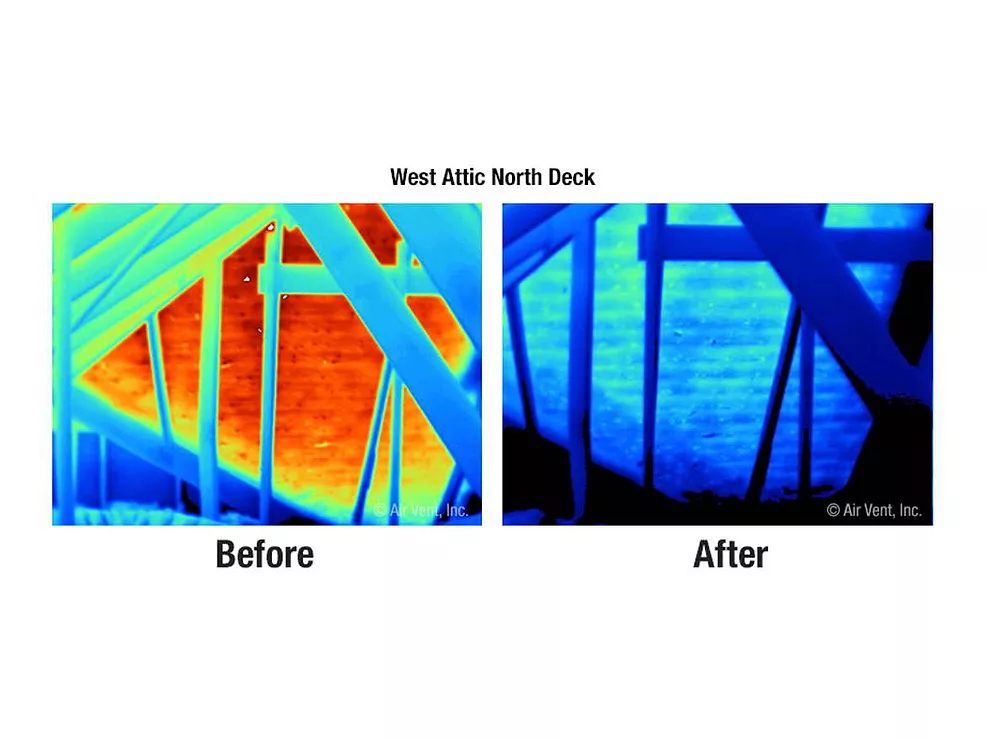Five Key Trends
Think back for a moment to the year 1988. What are some of the most dramatic changes that have taken place in your contracting business since then? Certainly there have been advances in materials, tools and equipment that have enhanced your productivity. (Contractors who didn't get more productive most likely are no longer around.) Advances in computer and communications technology, plus the Internet, no doubt have impacted the way you do business now compared with 16 years ago.
Not all of the changes are welcome. Maybe you're thinking that skilled labor is a lot harder to come by. You probably don't have much use for reverse auction bidding, or the myriad new government regulations that were enacted over those years. Perhaps there's a tinge of nostalgia for an era when you could actually get away from the job for a while without a cell phone constantly snapping you back to it.
Now, try to project yourself 16 years in the future and compare what your contracting business might be like compared with today. The Mechanical Contracting Education and Research Foundation - the educational arm of one of the finest trade associations in the construction industry, the Mechanical Contractors Association of America - has done just that. A few months ago, MCERF published a study titled "Five Key Trends for the Future of the Mechanical Contracting Industry," using the year 2020 as a target. Although aimed at some of the nation's top commercial-industrial mechanical contractors, the findings are pertinent to most construction-related businesses.
Some of the conclusions read like science fiction: "By 2020, nanotechnology will change the paradigm of construction from valve by valve, unit by unit, to atom by atom ... The first thing built on every job-site could be a materials factory that will produce some or all the materials needed for that particular job ... The service contractor's ‘technician' of the future could be a microscopic, versatile robot that can continually monitor and repair systems and materials."
Reality Check
Whoa, let's not get carried away. This skeptic loves science fiction, but remains haunted by an article I once came across while researching the history of plumbing and heating. It was from a mechanical contracting magazine circa mid-1950s, and foretold the coming era of nuclear-powered boilers. Homeowners would never again have to pay a fuel bill, the author mused. During that same era, popular magazines were filled with articles about robots doing all our housework by the turn of the century, and how we'd all be buzzing around in miniature rocket ships.I point this out only as a reality check on the fallibility of futurists, not as a criticism of the MCERF document, which offers some tasty food for thought. Most of the trends it identifies are a logical extension of processes and technologies underway today. Yet, we all are so wrapped up in getting today's job done, almost nobody has the time or inclination to think about what it might mean for our business in the extended but somewhat foreseeable future. Here are some of the insights contained in the "Five Key Trends" study:
"Hispanics are the largest minority group in the U.S. Their influence and impact on all aspects of society will only increase over the next 20 years ... By 2010, Hispanics will be the single largest population group in the prospective labor pool for the construction industry."
"Children born between 1980-2000 comprise ... the Millennial Generation. Millennials have grown up in an era of high technology, group interaction (soccer, group projects at school) and racial integration/blending ... and will expect to find similar qualities in their job environment. The employers and industries that embrace these values best will attract the best and brightest of the Millennials."
"As systems, materials and building processes continue to evolve and change over the next decade, the overlapping roles of specialty contractors will continue to increase. By 2020, the distinctions among electrical, mechanical and sheet metal contractors will be tough to make ... With an increasing complexity of building methods and materials, and a growing demand for rapid-cycle construction, a well-coordinated set of specialty contractors could replace the role currently being played by general contractors. By 2020, ‘virtual GCs,' comprised of specialty contractors working together, will manage the majority of construction contracts."
"Reverse auctions and direct purchases of equipment by the end-user will increase over the next 10 years ... By 2020, profit will be based largely on customer service, reliability, and the ability to coordinate and lead other specialty contractors."
"Telecommuting employees and a service sector economy change the assumptions about commercial office space and home design ... Over the next 10 years, demand for renovation and updating of 1960's era public buildings and infrastructure will comprise a large portion of the commercial construction market."
"The last 10 years have seen a renewed effort at downtown area revitalization by adding new commercial as well as residential space. Cities such as Washington, D.C., Cleveland, and Houston, have seen a strong demand for inner city housing. Many of these projects will include rebuilding commercial property into residential property. This increase in new urban dwellers will create a related need for additional commercial services (such as office, retail and restaurant space), thereby creating a need for new or revitalized commercial properties and/or facilities. Over the next 15 years, the demand for downtown residential and related commercial construction will dramatically increase."
"As the World War II GI Generation and the Silent Generation age into their 80s and 90s and pass away, the Baby Boomer Generation is positioned to inherit about $2 trillion. While some of this wealth transfer will occur in liquid assets, much will come in the form of property. The choices Baby Boomers make in regard to how this wealth is spent will drive the direction of the U.S. economy over the next 20 years. Between now and the year 2020, Baby Boomers may choose to renovate older homes, construct new homes or second homes on inherited property, or sell undeveloped property to commercial or residential developers."
"By 2015, sensor technologies built into all mechanical systems will be able to self-diagnose system problems, forewarn of potential failures, and in some cases fix the problem. As a result, by 2015, the majority of mechanical systems servicing work will be scheduled preventive maintenance - there will be increasingly fewer unforeseen system problems or emergencies."
"By 2010, all parts and components used in mechanical systems will have integrated RFIDs, revolutionizing inventory management and the ordering process (i.e., the supply chain) ... the specialty contractor who masters the skills of coordination and communications among sensor-enabled ‘smart' systems and people will be the first among equals of the specialty contractors."
Conclusion
It's uncertain how many of these predictions will come to pass, and how many will impact the roofing industry. What's relevant, however, is that the MCERF study says, as always, it will be those who are the most progressive in adopting the best in new technologies and human resources. Stay ahead of those curves, and you'll do fine.Looking for a reprint of this article?
From high-res PDFs to custom plaques, order your copy today!




